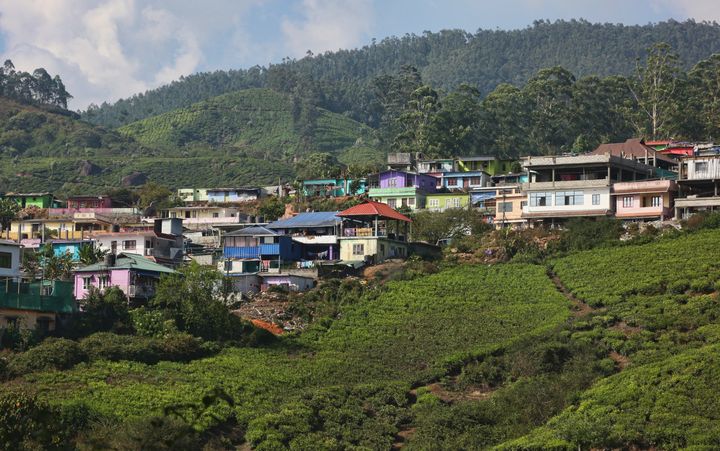
A week ago, Kerala’s Kottayam and Idukki districts were still in the green zone, areas with no COVID-19 patients under treatment.
By Monday, the Kerala government had marked both the districts as red zones as they reported a rising number of cases.
Since April 20, the two districts have accounted for 31 of the 80 cases reported in the state, The New Indian Express said.
The two regions began reporting new coronavirus cases last Thursday and were moved into the orange zone by the state government.
Idukki was particularly vulnerable to a resurgence in infections due to its proximity to Tamil Nadu, Chief Minister Pinarayi Vijayan had said.
Of the total number of cases reported in Kerala in the last two days, most were from these two districts. On Sunday, Kerala reported 11 new patients of which five were from Kottayam while six were from Idukki. On Monday, the state reported 13 new cases of which Kottayam accounted for six while Idukki had four.
Now, two panchayats from Idukki and four from Kottayam have been included in the state’s list of hotspots.
In Kottayam, the hotspots are Vijayapuram, Panachikkad, Ayemenem, Thalayaloparambu, Velloor and Manarkkad regions, Manorama reports. They have been sealed, as has been the district’s border with Ernakulam and Pathanamthitta.
Two IPS officers have been deployed in both the districts as special officers, Manorama’s report said.
Tracing the source
Both Pinarayi and state health minister K.K. Shailaja said on Monday that community transmission had not begun in the state.
However, according to Times of India, the government has been unable to zero down on the source of infection for six of the cases reported in Kottayam and Idukki in the last week.
“We have conducted random tests in all suspected areas and there is no trace of a community spread,” Shailaja said, but did not rule out its possibility in the future.